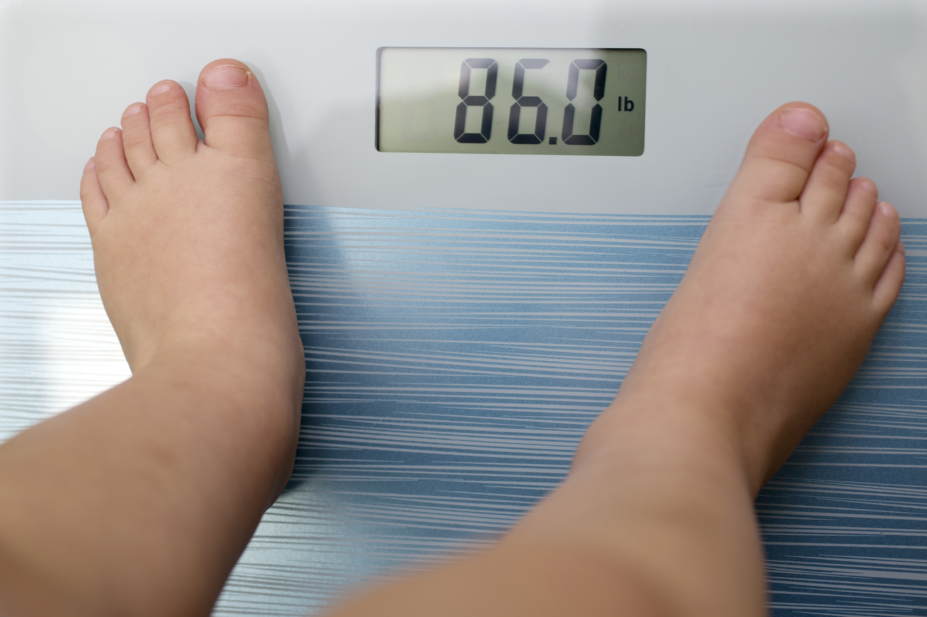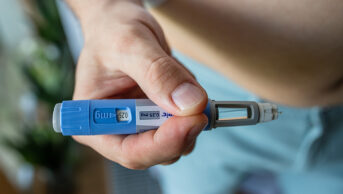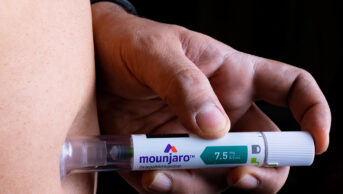
Shutterstock.com
Obesity rates in reception-age children have risen for the second successive year, and obesity rates are twice as high in year six school children than those in reception, figures published this week have found.
Findings from the National Child Measurement Programme, England, for the school year 2016–2017, published by NHS Digital, also continued to find a difference in obesity prevalence between children attending schools in the most and least deprived areas.
The programme, which measures the height and weight of reception and year six children, found obesity rates for children in reception rose for the second year running, from 9.3% in 2015–2016 to 9.6% in 2016–2017. For year six children it was 20% in 2016/2017.
Overall obesity prevalence was higher for boys than girls in both age groups. Among reception-aged children, 10.0% of boys and 9.2% of girls were classified as obese. In year six, the figures stood at 21.8% of boys and 18.1% of girls.
In reception-aged children, the difference in obesity rates between the most and least deprived areas was 6.0 percentage points compared with 4.5 percentage points in 2006–2007. For year six children, in the past decade the difference between the most and least deprived areas has grown from 8.5 percentage points to 13.4 percentage points and is growing more quickly in boys.
More than a million children are measured annually by the programme.
Co-chair of the London Branch of the Neonatal and Paediatric Pharmacists Group, Richard Goodwin, said pharmacists were often not involved in weight management intervention schemes.
“A number of services which are running at the moment seem to be dietician-led with exercise expertise from local authorities,” he said.
“In terms of paediatric weight management, community pharmacists would require some training clinically but would already have many skills required to effect behaviour change.”


